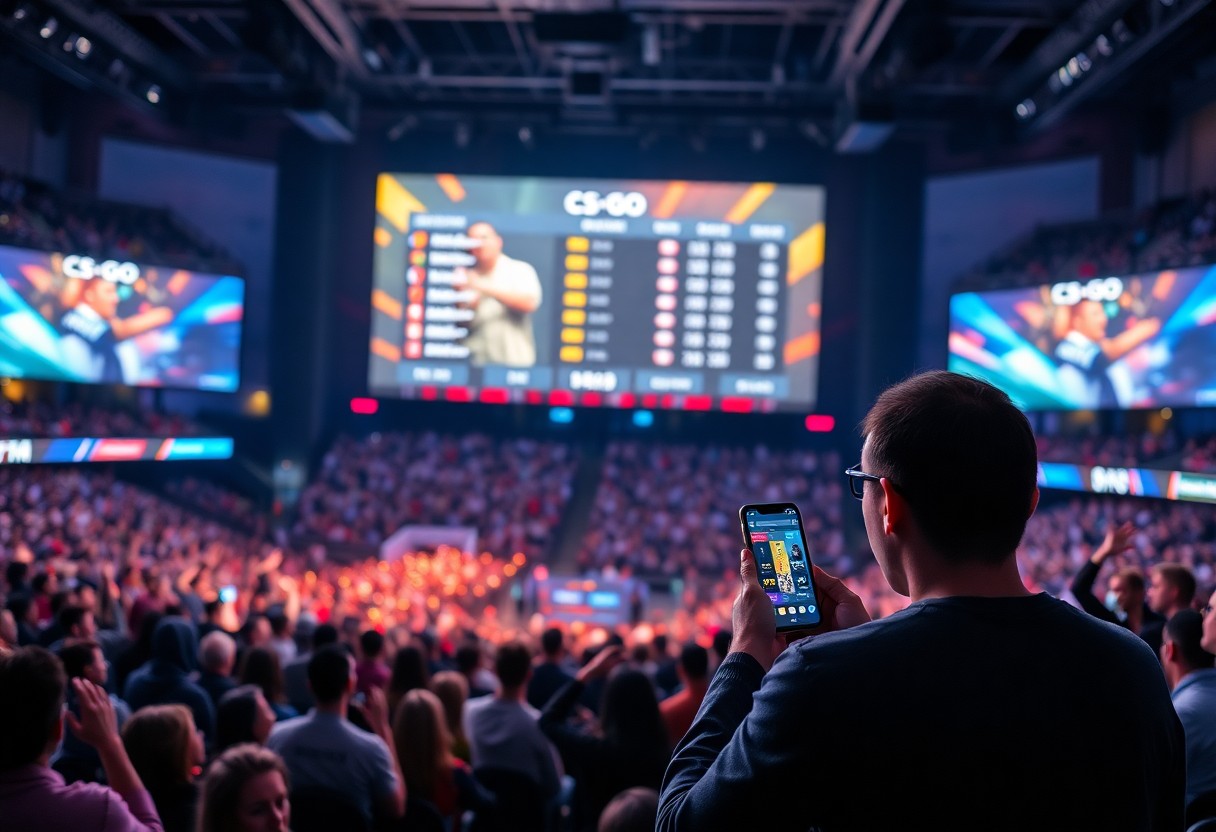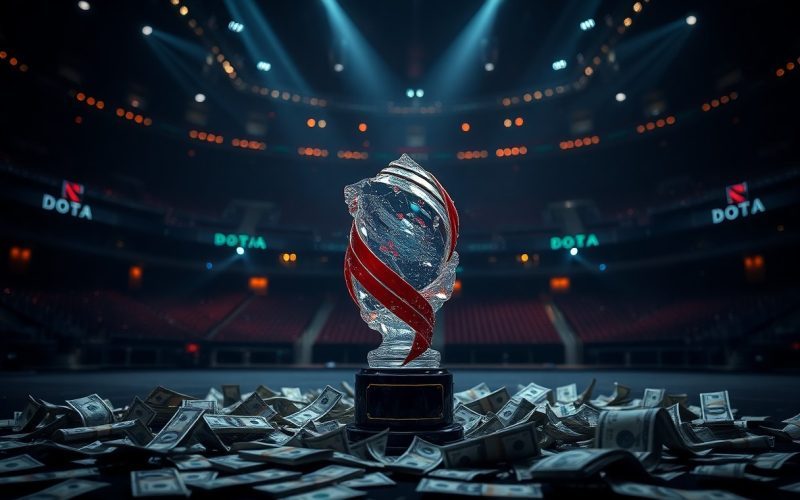Many factors are influencing the economics of Dota 2 tournament organisers as they navigate the rapidly evolving landscape of esports. The competitive gaming scene has matured significantly since Dota 2 was released, particularly with the advent of The International, its flagship tournament. However, as demand increases and operational costs rise, organisers are finding themselves at a crossroads, adjusting their business models to survive and thrive in an ever-competitive environment.
One of the significant shifts is the increased prize pool dynamics. The International has set a precedent for enormous prize pools funded partly by the game’s community through Battle Pass sales. This model has created a perception that all tournaments should offer similarly attractive prize purses to draw in top-tier teams and talent. While large prize pools can attract viewership and sponsorship deals, they also create pressure on organisers to match these expectations, increasing the stakes for financial investment and risk.
As a direct response to this high-stakes environment, organizers are innovating new funding strategies. One emerging trend is the reliance on diversified revenue streams, rather than depending solely on sponsorship and ticket sales. Profit from merchandise, exclusive content, and streaming partnerships is becoming integral to the financial model of tournament organisers. By securing partnerships with platforms like Twitch or YouTube, organisers can leverage digital audiences to generate additional revenue and offer advertisers more targeted opportunities.
Moreover, the esports audience is growing but also evolving in its consumption habits. With the rise of mobile usage, unique platforms are becoming necessary for engaging viewers. Tournament organisers are now investing in interactive viewing experiences and fan engagement tools, allowing audiences to immerse themselves more than ever before. This not only attracts a diverse range of viewers but also opens new avenues for monetization, such as in-game purchases or premium content subscriptions.
Event planning is also undergoing a seismic shift. Organisers previously focused on single, large-scale events, but the trend is gravitating towards a series of smaller regional tournaments scattered throughout the year. This approach not only reduces risk but also fosters community engagement and encourages local talent to participate. With gamers increasingly seeking regional connections, these smaller events present a potential gold mine for organically built audiences and grassroots sponsorships.
However, the landscape holds challenges as well. The influx of new amateur tournaments has created increased competition for teams and talent, which can dilute the overall quality of competition. This oversaturation may lead to diminishing returns for top-tier tournaments, as players and fans are pulled in multiple directions. Consequently, maintaining high-quality production values and ensuring a competitive environment remains a priority for established organisers.
In the aggregate, the evolving economics of Dota 2 tournament organisers highlight the need for adaptation in a fast-paced world of competitive gaming. A diverse revenue model, tailored audience engagement, and a flexible event structure are becoming imperative elements of success in the changing ecosystem. As the landscape continues to mature, these strategies will likely play a pivotal role in shaping the future of Dota 2 competitions and ensuring sustainable growth.







